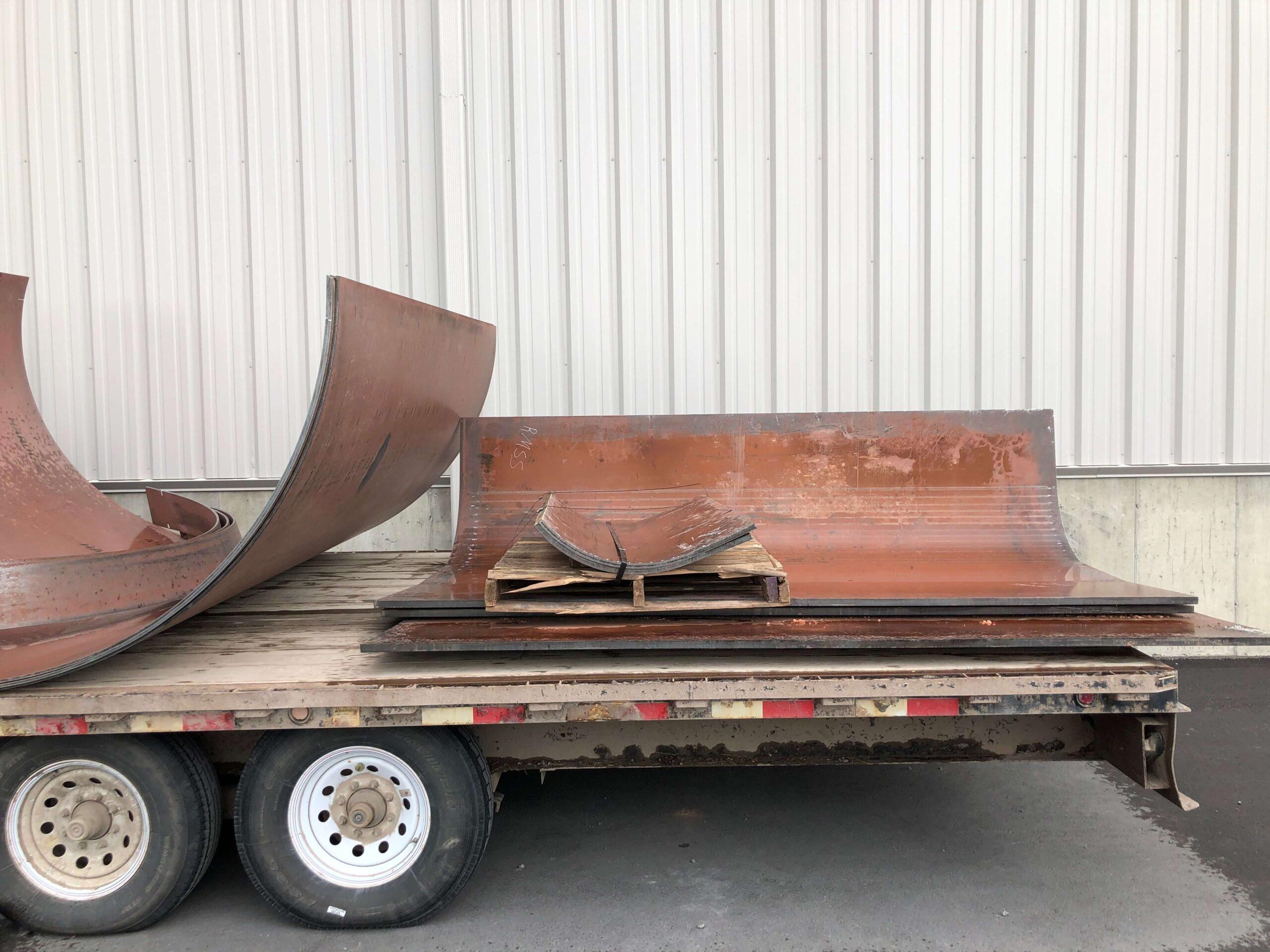AR500 steel plates stand as a formidable choice for ballistic protection. AR500 plates are widely used when building bulletproof barriers and seek due to their outstanding hardness and durability. However, as devotees and professionals begin to customize these plates, an important concern arises: Can AR 500 steel plate be safely drilled?
Understanding AR500 Steel:
AR500 steel is a high-strength alloy identified for its exceptional hardness and resistance to wear and abrasion. Its name, “AR500,” refers to its hardness on the Brinell scale, with a rating of approximately 500 HBW (Brinell Hardness Number). The hardness of this material is achieved by a process called soaking and tempering, which requires heating the steel to a high temperature and then rapidly cooling it.
Drilling into AR500 Plates:
While AR500 steel is renowned for its durability, drilling into it necessitates careful planning and adherence to strict guidelines. Here are a few key points to remember:
-
Use the Correct Tools: When drilling in AR500 plates, it is critical to use excellent sharp drill bits intended for hard materials. Carbide or cobalt bits for drilling are frequently recommended for this purpose. Regularly the HSS (High-Speed Steel) bits might find it difficult to penetrate the hardened layer of AR500 steel.
-
Slow and steady wins the race: Drilling into AR500 plates needs to be done slowly and with consistent pressure. Rapid drilling can cause overheating, which can result in a loss of hardness in the drilled area. A slower drilling speed prevents excessive heat buildup and results in a cleaner, smaller hole.
-
Cooling Mechanisms: It is critical to implement cooling measures during the procedure of drilling. This can be accomplished by applying coolant or reducing oil to the drill bit on a regular basis. Cooling helps to maintain the toughness of the AR500 steel and diminishes the risk of drill bit damage.
-
Pilot Holes: Before cutting the final desired size, start with a smaller pilot hole. This improves control and accuracy during the drilling process. Once the pilot hole has been developed, gradually increase the drill bit size until the desired diameter is reached.
-
Precautions: When working with AR500 metal, security should come first. Wear the correct types of personal protective equipment (PPE), such as safety glasses and gloves. Because the act of drilling may generate metal shavings, it is critical to wear eye protection and take precautions to avoid injury.
-
Post-Drilling Inspection: Inspect the hole and surrounding area for indications of getting too hot or damaged after drilling. If there are worries about the hardness of the dug region, professional advice or hardness testing may be required to ensure the plate’s integrity.
Conclusion:
Finally, drilling into AR500 plates may be done safely if the proper tools, methods, and precautions are used. While AR500 steel is known for its toughness, drilling must be approached methodically and carefully.
AR Plate can be modified without jeopardizing their structural integrity by using suitable drill bits, keeping an elevated drilling speed, carrying out calming measures, and following safety precautions. Remember that when working with this tough material, precision and patience are essential for ensuring that the final product meets either safety standards as well as your specific requirements.


